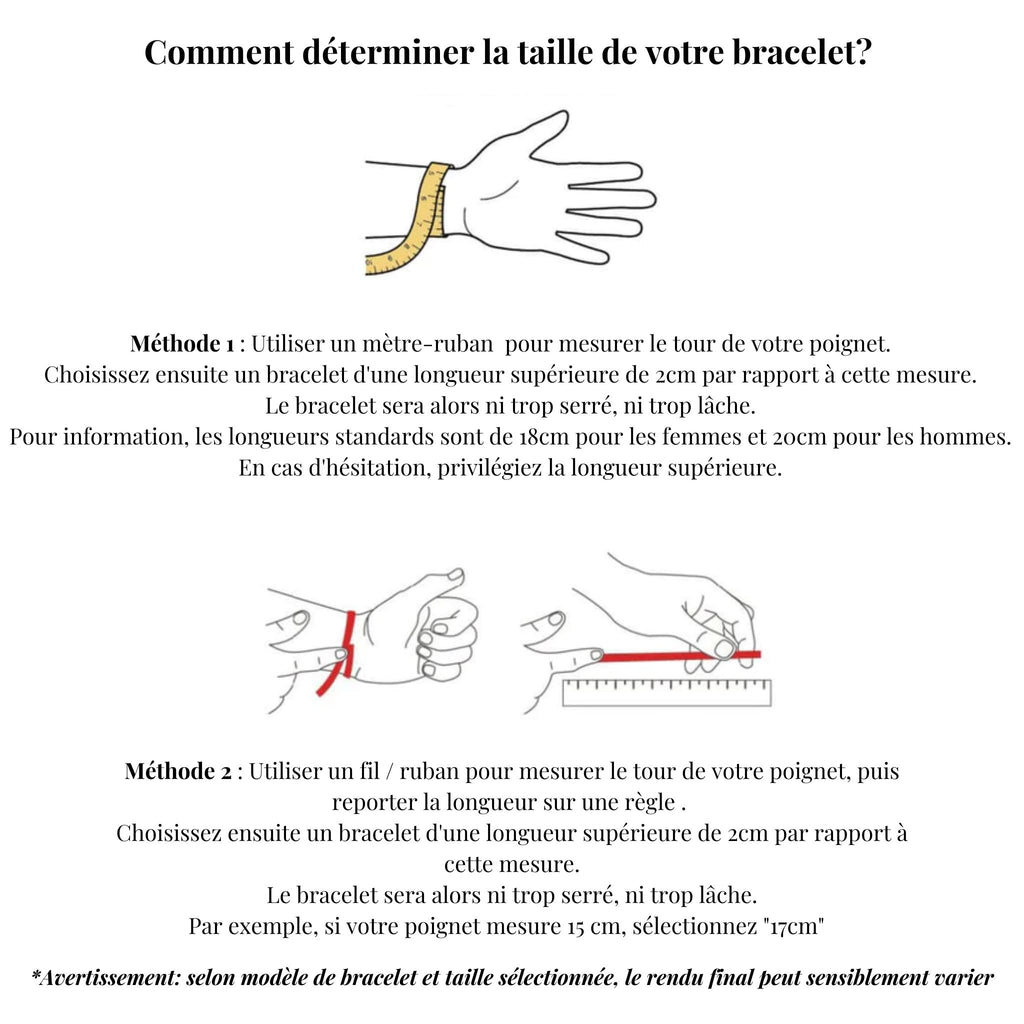Pierre Wolfram: Virtues of the Wolfram
A powerful anchor stone . It would have a beneficial effect on the skeleton , help professions that need to use their physical strength as well as athletes.
- Origin of the name: Derived from Wolf (wolf) and Rahm (moss, in the sense of slime)
- Home group: Iron
- Color(s): Brown, black
- Symbol: Anchor
- Hardness: 5 - 5.5
- Main deposits: Canada, Spain, Portugal, United States
- Chemical composition: Iron and magnesium
- Day of the week: Every day
Varieties of Wolfram
The Hübnérite variety is rich in manganese, rather red in color , transparent in strips, it owes its name to the German Adolph Huebner.
The Ferberite variety is rich in iron and black, opaque .
It is often associated with stones such as: Cassiterite, Hematite , Tantalite .
Benefits and virtues of Wolfram
Physical plan
Wolfram, a protective stone well anchored to the ground , plays an important role in the constitution of the skeleton and its proper functioning. It helps heal fractures , strengthen the structure of the skeleton and muscles, fights rheumatism . Like rutile, it is a stone for weightlifters. He acts with power and strength .
Emotional and mental level
It strengthens the defenses of the etheric body and acts as a shield.
Spiritual plane
This stone is an excellent accessory for auric surgery in conjunction with a laser quartz .
Chakras
It also acts on all the Chakras .
Astrological signs
The Wolfram is associated with the sign of Gemini and Capricorn .
Recharging and purification
After a while the stone gave all the energy it could. It can be energetically purified by placing it in distilled water or under lunar light for several hours .
For greater efficiency, you can then charge in the sun on a cluster of Rock Crystal .
Wolfram Meaning and History
Wolfram (or wolframite) is composed of tungsten oxide, iron and manganese. It is a fairly common mineral , whose name has an uncertain origin. According to some experts, it would derive from the German terms "Wol" and "Rham" which mean wolf and slime , by allusion to the slag that forms during the fusion of the metallic components of tin when they contain tungsten, for this reason the scientist German Agricola, in the 16th century, called this black stone from which the candid tin emerges, spuma lupi “wolf slime”















